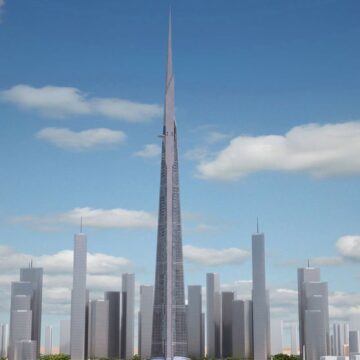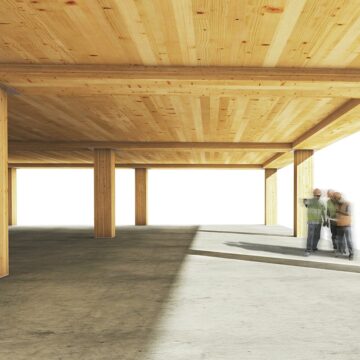LAX or Los Angeles International airport is located in the southwestern area of Los Angeles. It currently holds the title of the busiest airport in the US for starting and ending trips, meaning LAX has to deal with enormous quantities of persons coming and leaving its installations.
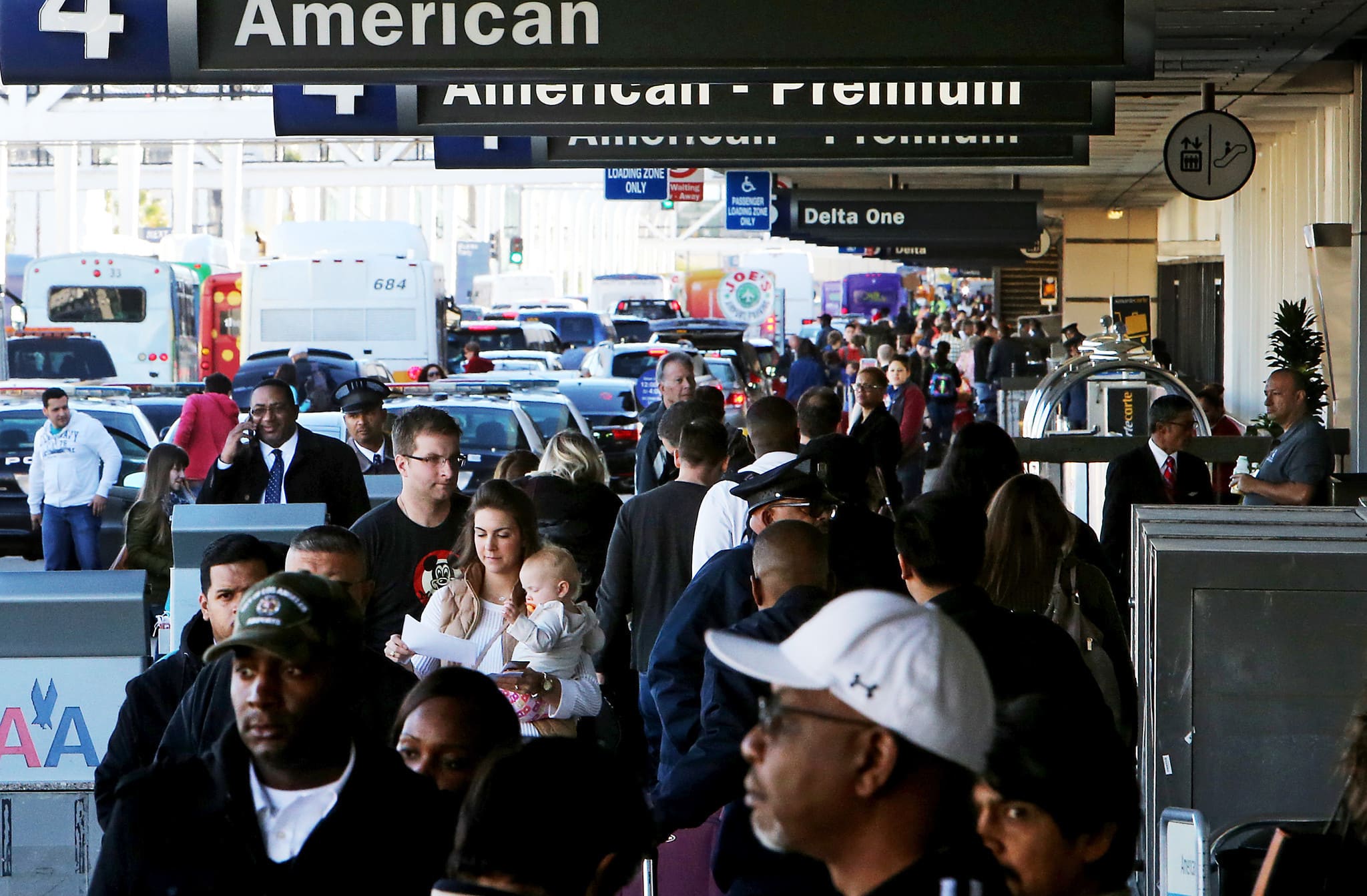
Some years ago, airport directives realized the rapidly growing traffic in the airport facilities could potentially harm the influx of passengers, especially after high-capacity planes such as the Airbus A380 or Boeing 747-8 started to spread across the world. In short periods of time, a great number of passengers would need to debark or embark in or out of these planes causing real traffic issues as facilities were not prepared for this situation. Furthermore, the economic background did not help the situation and as fuel prices raised, airlines started to reduce the number of flights available and opt to conglomerate their passengers into bigger and more fuel-efficient flights.

This encouraged the airport to consider an expansion project, as no real improvement was made since 1984, the year the city hosted the Summer Olympic Games, and aim to fully renovate their facilities in time for the 2024 Olympics, which the city of Los Angeles hopes to host. To accomplish this, airport officials did not skimp on expenses and developed a complete renovation plan estimated at 14 billion dollars. The plan included a full refurbishment of domestic terminals, an expansion of the international terminal, new concourses, a more efficient central utility plan, improvements at security checkpoints, new baggage carousels, more parking spaces and car rental facilities, and finally a railway connection between the airport and the Los Angeles metro.
The renovations started in 2010 with the construction of the project’s central piece: The Tom Bradley International Terminal. The terminal was finished on 2015 obtaining a Gold LEED Certification from the U.S. Green Building Council thanks to its new state-of-the-art Central Utility Plant. The plant does not only provide air conditioning, heating, and lighting to the terminals, but it does so 25% more energy-efficiently than the previous plant. Furthermore, the construction of this terminal solved critical issues regarding traffic as it added 18 new gates that accommodated high-capacity aircraft. It also added a new hall with dining and leisure facilities in order to improve passengers’ experience.
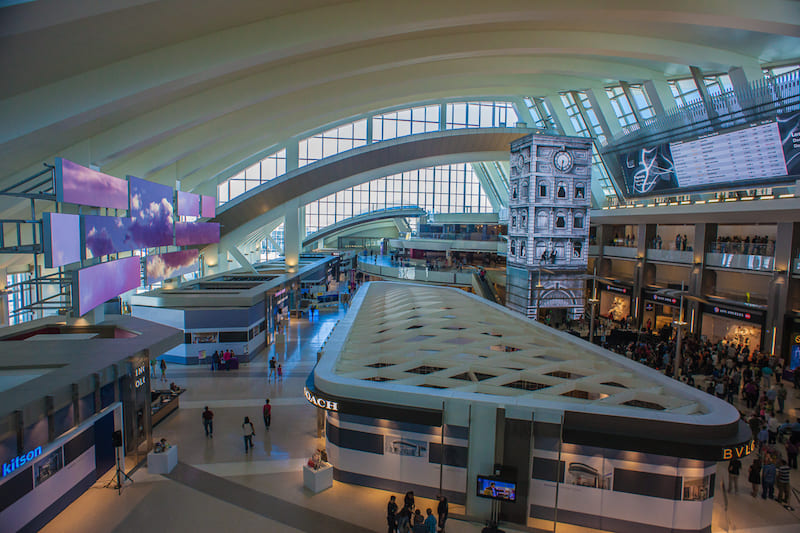
Additionally, other parts of the LAX expansion plan such as the renovation of terminals 5 and 6, the construction of new taxilanes and taxiways, a new airport response coordination center and many other smaller constructions have also been finished. Nonetheless, the complete expansion project is far from being finished.

The latest construction from the LAX renovation plan is the Midfield satellite concourse, which started the 27th of February 2017. This new concourse will add another 12 gates including those for high-capacity planes and it is aimed to provide extra flexibility in case other gates experience problems. This new addition to the airport will reduce the need for remote gates and considerably decrease the need of transporting people on buses to their gates.
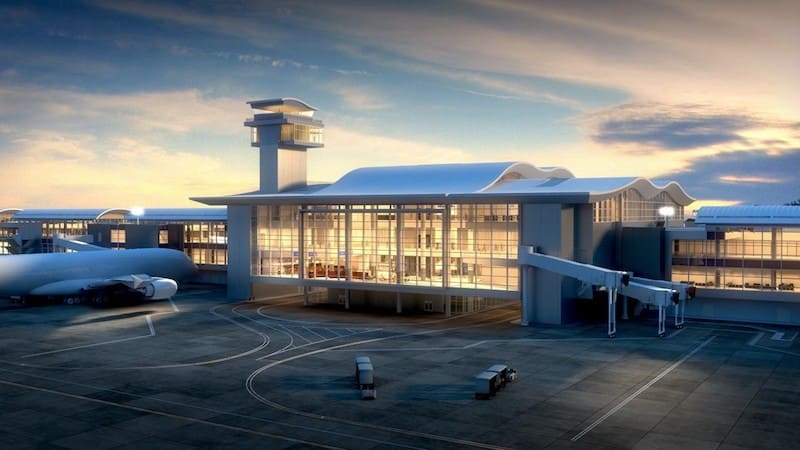
Other parts of the expansion plan are also expected to begin soon, such as the 573-million dollar’s renovation of terminals 7 and 8, a 613-million dollars’ implementation of an automated security screening system for checked baggage in all terminals, another 509-million dollar’s renovation for terminal 1 and other improvements to terminal 2 and to the LAX runway. All of this changes expect to bring safer and faster security screenings, therefore greatly improving passenger flow inside airport facilities.
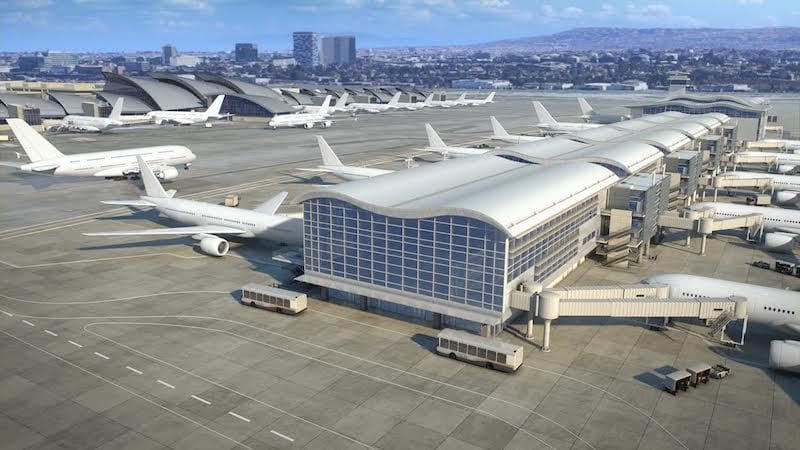
Yet, all of these solutions do not solve all of the LAX traffic problems as they only handle traffic within the airport itself and, as we mentioned before, LAX has the biggest traffic of passengers for starting or ending trips in the U.S. This means passenger flow goes beyond LAX facilities and this is why the airport also decided to include a Landside Access Modernization Program (LAMP) to the airport expansion plan and connect the airport to the Los Angeles metro via railways.
This program is by far, the most expensive investment in the expansion as it is expected to cost up to 5.5 billion dollars. Nevertheless, it represents a huge milestone for the city of Los Angeles as citizens have been expecting this development long before the proposal for the expansion of LAX was even made.
The LAMP aims to build 3.5 kilometers of railways for its Automated People Mover which will operate 9 trains, with 4 cars each and a capacity of 50 passengers with luggage per car, and offer only a 2-minute wait for passengers, allowing them to have a fast and quick access to the airport. The project expects to build 6 new stations from which 3 are expected to be located at the Central Terminal area to allow easy connections. The other 3 remaining stations will be divided between a consolidated car rental facility and 2 intermodal transportation facilities for fast pick-ups and drop-offs of passengers, as well as easy access to parking areas. Moreover, the metro of L.A. has agreed on building a 96th Street station which will ultimately connect the APM to the Los Angeles Metro, solving most of the traffic problems of the airport. The LAMP is the last step of the whole LAX expansion plan, and even though it is not expected to be finished before 2023, the anticipation is considerable.

The LAX modernization program is considered the largest public development program in Los Angeles and has not only improved efficiency in the airport, but it has also generated over 600 000 local jobs and immensely improved passenger’s experience in their facilities.

On the other hand, the investment for the project is considerably high, however, there seems to be no better moment for it as the U.S. airline industry generated, in 2015, over 25 billion dollars in profitability, the highest number in U.S. history. Thanks to this increase in profitability, many other American airports have followed LAX and are currently working towards improving their facilities, resulting in a considerable increase of investments in the airport segment and expected to reach the 13-billion-dollar expenditure per year for 2019, a 30% growth from the previous 5-year period.
Apart from the U.S., many other countries have also decided to take advantage of the current positive environment in the airline industry and are taking actions towards improving their installations in order to increase their traffic. This is the case for France where the ADP Group has used BulldozAIR project management solution for the supervision of several airport development’ sites such as:
- The construction and refurbishment of the train station at Charles de Gaulle Airport
- The construction of a new commercial mall within the airport
The aim is to offer better facilities to travelers, but to also improve airport construction management through the digitalization of the process, in order to increase the project’s productivity, improve construction traceability, and automate site reporting with positive results that allowed BulldozAIR to start becoming the standard tool for reporting across ADP projects.
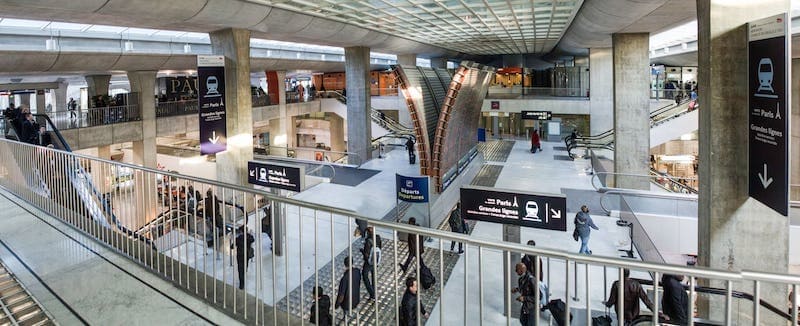
ADP is constantly developing new improvements plans for many of its facilities, currently having a 450-million-euro renovation plan for their Orly Airport to be finished by 2018, and a plan to link the Charles de Gaulle International Airport to the Paris’ metro system in only 20 minutes.

Finland is also aiming to improve its airport facilities in order to improve its competitiveness at an international level, with a 900-million-euro development plan for its Helsinki Airport expected to be completed by 2020. In 2013, a 260-million-pounds plan for UK’s Manchester Airport was announced by the MAG, with an extra 130 million pounds later added in 2016.
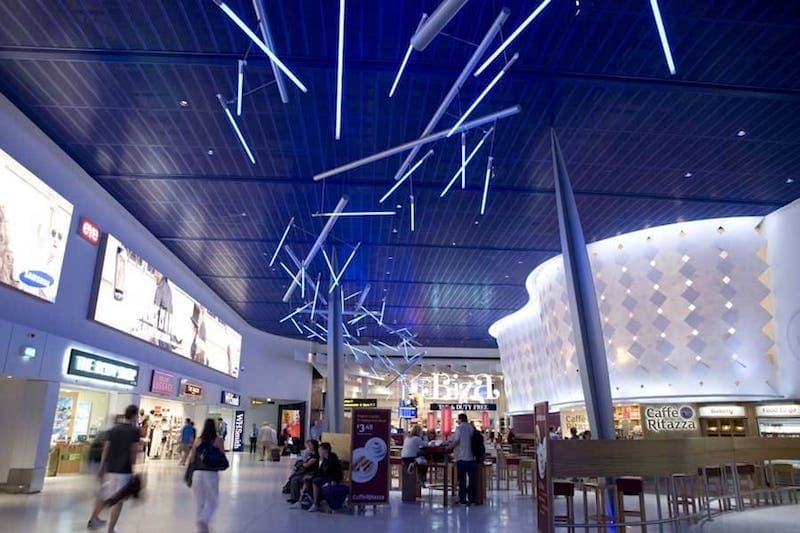
From what we can observe above, the considerable increase in capital investments in the airline industry shows the very positive results from the industry all around the world which will hopefully continue in the future, bringing everyone a better traveling experience all over the world.




